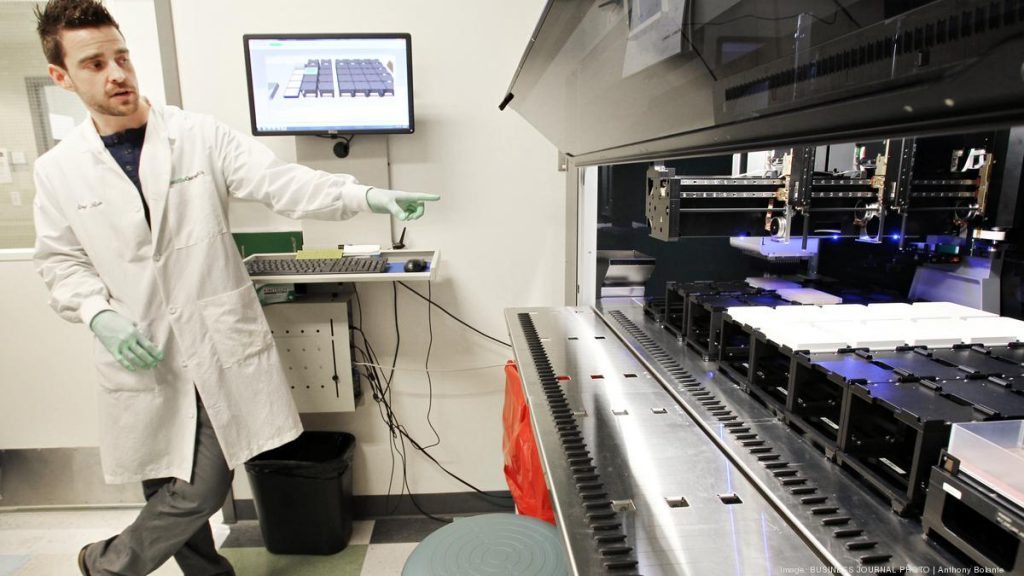Seattle Genetics, Inc. (NASDAQ:SGEN) has had a good couple of weeks. The company is known for its substantial pipeline, and its host of collaborations, and this generally translates to some pretty frequent data drops. This month, however, there’s been some particularly substantive numbers, and its pipeline is maturing nicely – especially at the early end. Unfortunately for shareholders, however, the company’s market cap has not moved in line with the data that’s hit press.
This could be a nice opportunity to get in at a bit of a discount ahead of markets realigning with the data that’s hitting press.
The latest bit of news is worth delving into in some detail, as it validates the company’s core technology in solid tumors, as opposed to the blood cancer indications it generally targets. Seattle just put out interim from an ongoing phase I, investing a drug called SGN-LIV1A in patients with metastatic breast cancer (MBC). There’s a focus on a type of MBC called triple negative MBC, which we’ll touch on shortly.
First, let’s look at the drug.
As mentioned, it’s called SGN-LIV1A, and for those familiar with the company’s wider portfolio, it’s built on the same technology as Adcetris. For those not familiar with Adcetris, the technology is basically a linking mechanism that allows for the linking of an antibody to an agent that will kill cancer cells. These types of drugs are called antibody drug conjugates (ADCs). The antibody is targeted towards a particular protein, and this targeting allows it to transport the cancer killing agent to the cancer cells, and further, allows it to be selective towards these cells. How? By targeting a protein that is only expressed by cancer cells, the agent is only carried through to the unwanted cancer cells – it doesn’t connect to healthy cells. Once it arrives and connects to cancer cells, the killer agent unlinks from the antibody and gets to work.
This study is a big deal, because Seattle has already demonstrated that this sort of technology can be effective in blood cancers, but not yet in solid tumors. There’s a protein called LIV-1, and the protein is expressed by a large number of cancer types – particularly, MBC cells.
The LIV1A in the name SGN-LIV1A is the antibody that targets this protein, and the cancer killing agent is what’s called a potent microtubule-disrupting agent. In the cytoplasm in all cells (not just cancer cells) we’ve got microtubules, which are a sort of dynamic framework that play a key role in cell proliferation. The microtubule disrupting agent here is monomethyl auristatin E (MMAE). MMAE stops the microtubules in the cancer cells from working correctly, and so the cells it gets into (and the LIV-1 antibody makes sure it only gets into cancer cells) can’t proliferate.
The trial looked at 53 patients total, 35 of which had the above mentioned TN form of MBC. This is a really tough cancer to treat, and patients very quickly run out of options on the SOC spectrum.
Of the patients that had TN MBC (these are the ones the company is targeting, since these are the ones that express the highest number of LIV-1 proteins), 37% achieved a partial response. The disease control rate (DCR) was 67% and the clinical benefit rate (CBR) was 47%. The safety profile (which was really the primary focus of this trial) came out relatively clean. Not perfect, but not bad. The most common AEs were fatigue, nausea and alopecia, which affected 57%, 53% and 42% of patients (the evaluable TN ones) respectively.
There was one death from sepsis, which amounts to 7% in the trial, and there’s a chance that this is treatment related. Seattle is running an expansion study to follow up on these safety data, so we’re going to watch this one closely for insight. It’s worth bearing in mind that the safety data here doesn’t look great, but there are very few options for these patients, and the treatments that have already failed (or no longer work) have very undesirable side effects associated with them. As such, the FDA is generally a little more lenient on the risk side of the equation when it comes to evaluation.
Bottom line here is that it’s still very much early days, and the data is mixed, but it’s more about what the trial represents than it is this specific indication. It’s a solid tumor leap, and that’s a step forward for Seattle.
